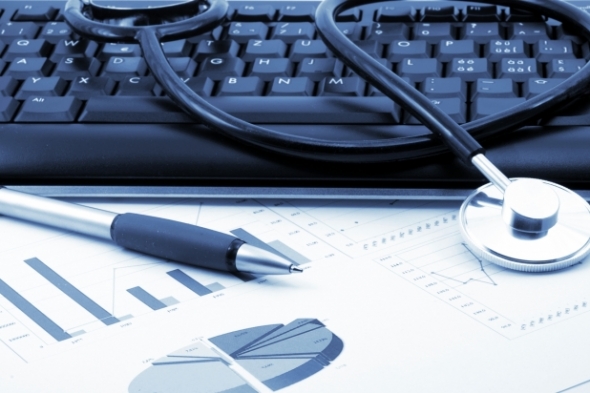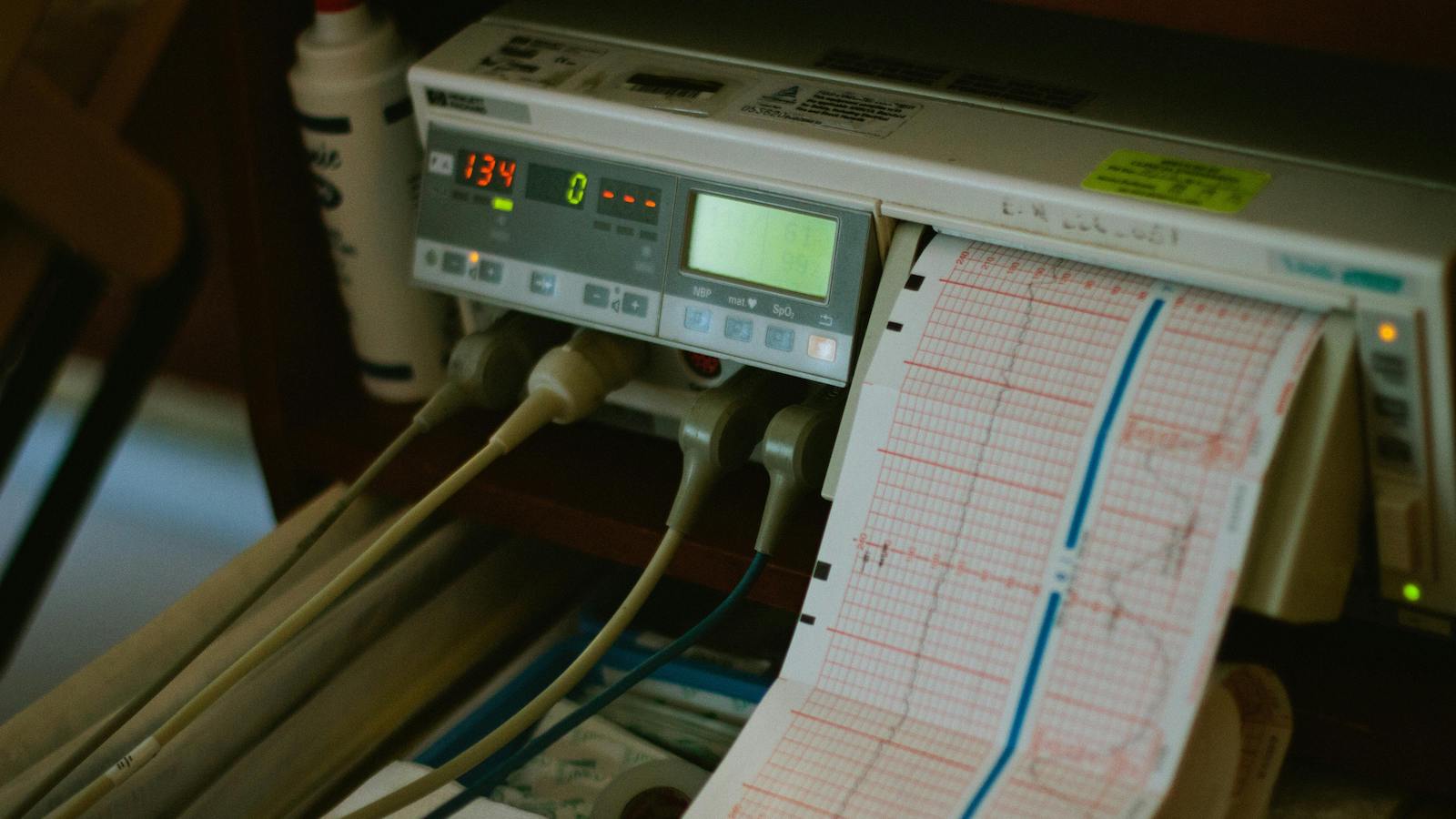Data monitoring means applying technology and analytics to gain real-time intelligence and decision support in claims management. Moreover, data monitoring is the way to link analytics to operations, thereby making them actionable.
Nearly everyone in Workers' Comp is trying their hand at analytics now. The problem is that organizations that have implemented analytics do not seem to know what to do with them. Analytics are great for reporting activity and corporate status to boards of directors and shareholders. Analytics uncover cost drivers and are impressive when graphically presented in annual reports. But analytics must be taken to the next level to actually impact costs or improve claim outcomes. To be truly effective, analytics must be linked to operations, thereby making them actionable. One way to achieve that is through concurrent data monitoring.
Unified And Concurrent Data Platform
Claim data must be gathered from all relevant sources and integrated in a single platform. In Workers' Compensation, organizations still find their data spread across multiple silos. Bill review, pharmacy, claims adjudication, and medical case management are all important deposits of data. However, claims cannot be adequately analyzed unless the full scope of data is gathered, integrated, and available for comprehensive assessment concurrently.
Some say bill review data alone is adequate for medical analysis. Yet, bill review data cannot reveal work status or return to work, indemnity costs, or final disability rating. These data, derived from the claims adjudication system, must be considered in combination with billing data in order to draw reasonable conclusions. Claims should be evaluated holistically, not in fragments by assorted participants.
Computerized Data Monitoring
Manual data monitoring is humanly challenging, if not impossible. The detail in claims, including many events over a period of months and years, cannot be absorbed or retained even by the most astute claims adjusters. Moreover, new information is added to claims continually that must be combined with historic information within a claim. Only a well-designed computerized system can handle the job.
For data monitoring to be valuable, it must be consistent and never random. A computerized data monitoring system can scrutinize all the data once it is integrated at no greater effort or cost than to monitor just a few items. It is a matter of thoroughness in system design and development. The computer can do it all, and do it accurately and consistently.
Computer-Aided Medical Management
Computerized medical data management is always on and always alert. Rules-based conditions and data combinations in the broad scope of a claim trigger automatic alerts to the appropriate persons. The burden of watching every claim and remembering its historic facts, then combining the history with current conditions is impossible without computerized assistance. When claims adjusters and medical case managers receive alerts, they focus on claims that need the most attention, thereby optimizing efficiency and outcomes.
Standardized Processes
Traditional claims management and medical management processes rely on individual ingenuity, knowledge, and skill. As a result, processes are rarely standardized within an organization. Individual performance and outcomes are rarely measured. However, with computerized, real-time data monitoring the organization's quality output is monitored, individual performance is audited, and results are reportable.
The Early Discovery Advantage
Importantly, computerized data monitoring insures early concurrent discovery of calamitous conditions in claims such as creeping claim severity, repeated opioid prescriptions, and comorbidities, to name a few. Uncovering such situations as they occur can save millions and prevent disastrous outcomes.
Analytics must be made actionable by leveraging the technology and pushing it into operations through computerized concurrent data monitoring. Data becomes a work-in-process tool, thereby achieving measureable efficiency and cost savings.





